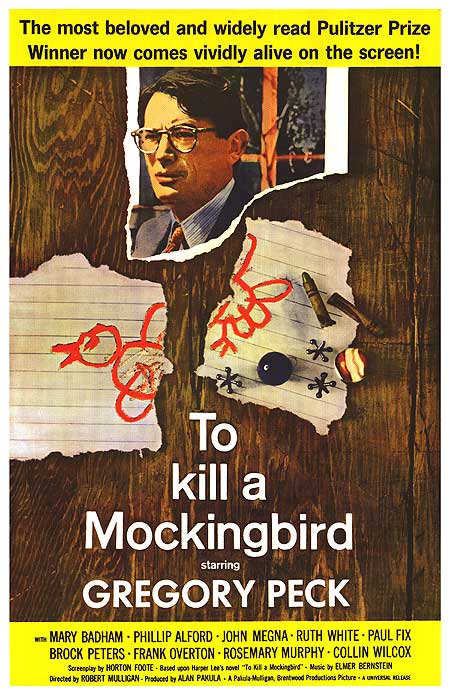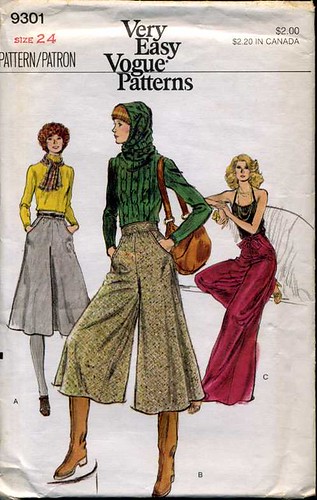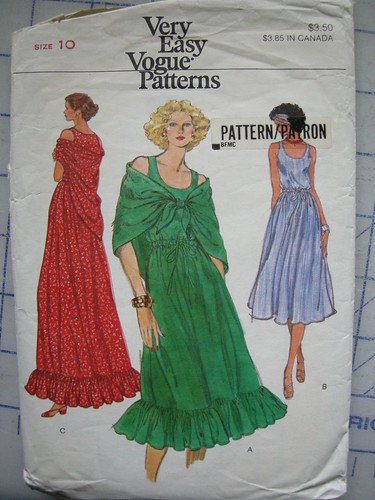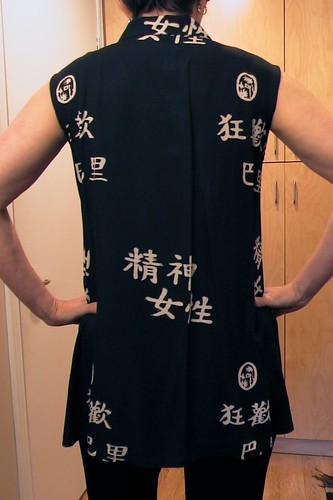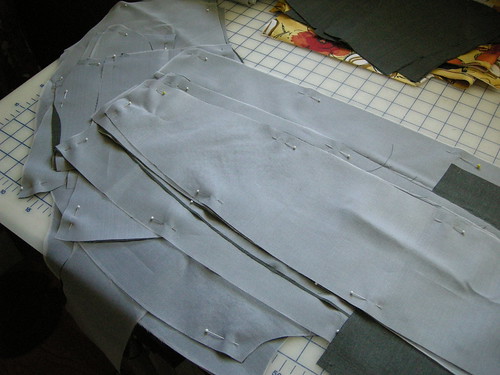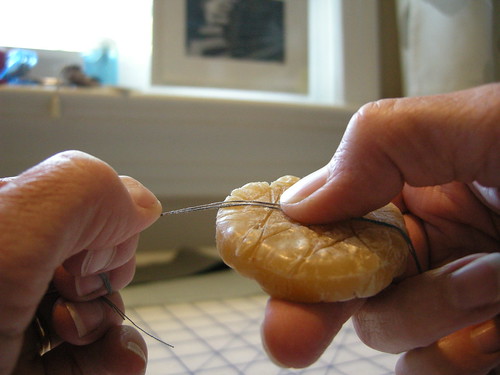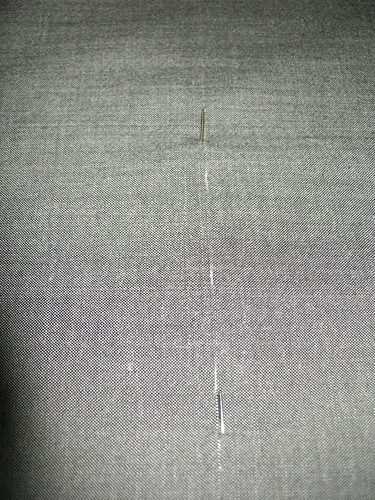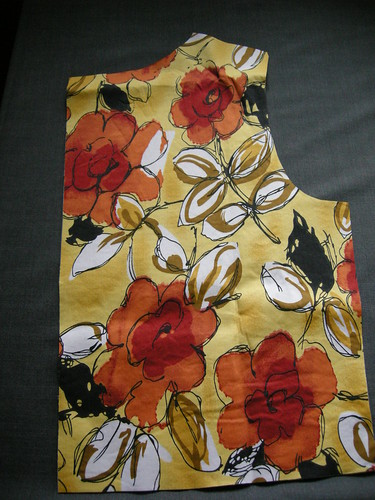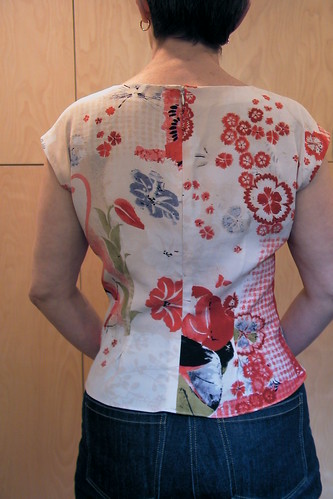Panama Attorneys advise investors forming joint venture for energy projects in West Africa
Attorneys Lombardi Aguilar Group advised a group of West African investors entering a joint venture to develop hydrokinetic water projects
Panama City, Panama – Attorneys Lombardi Aguilar Group (www.laglex.com) served as Panama counsel for MRS Holdings Ltd. (www.mrsgroupng.com) in their joint venture to develop hydrokinetic water projects.
Nigeria-based MRS Holdings Ltd., entered through their Panamanian subsidiary into a joint venture with renewable energy company Hydro Alternative Energy, Inc. (HAE) to develop hydrokinetic energy projects in West Africa. The arrangement follows the previously announced binding letter of intent between HAE and MRS to secure and develop such hydrokinetic water power projects in the West Africa region.
HAE and MRS formed Natural Energy Solutions (NES), a Panamanian corporation, which plans to enter into power purchase agreements for developing hydrokinetic water power projects in West Africa. NES will be headed by select senior management from both the HAE and MRS organizations.
NES plans to advance the terms and conditions of a MoU from mid-October between a prior MRS subsidiary, since assigned to NES, and the Cameroon’s Ministry of Energy and Water Resources. The MoU entails feasibility studies to be undertaken for the development and operation of facilities for the production of tidal electric power, and for the Cameroon government to facilitate access to and grant certain exclusivity rights with respect to the project sites that will be selected as part of the feasibility studies and construction of electricity generation facilities to be undertaken.
MRS is headed by its President and major stockholder, Sayyu Dantata, an established businessman and entrepreneur who, in 2008, steered MRS' acquisition of the Chevron operation in West Africa. Mr. Dantata stated, "We are likewise very pleased to formalize our partnership with HAE, and are fully committed to making our relationship a success and providing West African countries with low cost, clean, renewable hydrokinetic energy for their electricity needs."
Lead attorney for MRS' Panama counsel was partner Dr. Jorge Lombardi, a graduate of Universidad Santa Maria la Antigua (LLB) and University of Paris (3eme cycle, DED). The team included associate Carlos Abrego and counsel Rodolfo Espino. Abrego and Espino are graduates of University of Panama (LLB) and have taken courses at National University of Singapore (LL.M.) and Tamkang University, Taiwan (Political Systems), respectively.
About Lombardi Aguilar Group
Lombardi Aguilar Group is a partnership of consultants created as an alternative for clients worldwide who seek fast, innovative and effective solutions to their legal problems. The firm currently provides services to individual and corporate clients in Panama as well in the Americas, Europe and Asia. Its partners maintain a commitment with professional ethics and social responsibility by participating in the board of directors of groups such as the Panama Bar Association, the Alliance Francaise, the German and the American Chambers of Commerce (AMCHAM) of Panama, and the Association of Chinese-Panamanian Professionals (APROCHIPA).
The firm centers its law practice in private client services and asset protection (Private Interest Foundations, Trusts), business structures (Offshore Corporations), tax planning, real estate and e-commerce. It also advices in areas of Law such as Corporate, Commercial, Intellectual Property, Maritime, Tax, Environmental and Immigration Law as well as related litigation.
For more information, contact +507 340-6444, e-mail info (at) laglex.com, or see: Lombardi Aguilar Group http://www.laglawyers.com/
Attorneys Lombardi Aguilar Group advised a group of West African investors entering a joint venture to develop hydrokinetic water projects
Panama City, Panama – Attorneys Lombardi Aguilar Group (www.laglex.com) served as Panama counsel for MRS Holdings Ltd. (www.mrsgroupng.com) in their joint venture to develop hydrokinetic water projects.
Nigeria-based MRS Holdings Ltd., entered through their Panamanian subsidiary into a joint venture with renewable energy company Hydro Alternative Energy, Inc. (HAE) to develop hydrokinetic energy projects in West Africa. The arrangement follows the previously announced binding letter of intent between HAE and MRS to secure and develop such hydrokinetic water power projects in the West Africa region.
HAE and MRS formed Natural Energy Solutions (NES), a Panamanian corporation, which plans to enter into power purchase agreements for developing hydrokinetic water power projects in West Africa. NES will be headed by select senior management from both the HAE and MRS organizations.
NES plans to advance the terms and conditions of a MoU from mid-October between a prior MRS subsidiary, since assigned to NES, and the Cameroon’s Ministry of Energy and Water Resources. The MoU entails feasibility studies to be undertaken for the development and operation of facilities for the production of tidal electric power, and for the Cameroon government to facilitate access to and grant certain exclusivity rights with respect to the project sites that will be selected as part of the feasibility studies and construction of electricity generation facilities to be undertaken.
MRS is headed by its President and major stockholder, Sayyu Dantata, an established businessman and entrepreneur who, in 2008, steered MRS' acquisition of the Chevron operation in West Africa. Mr. Dantata stated, "We are likewise very pleased to formalize our partnership with HAE, and are fully committed to making our relationship a success and providing West African countries with low cost, clean, renewable hydrokinetic energy for their electricity needs."
Lead attorney for MRS' Panama counsel was partner Dr. Jorge Lombardi, a graduate of Universidad Santa Maria la Antigua (LLB) and University of Paris (3eme cycle, DED). The team included associate Carlos Abrego and counsel Rodolfo Espino. Abrego and Espino are graduates of University of Panama (LLB) and have taken courses at National University of Singapore (LL.M.) and Tamkang University, Taiwan (Political Systems), respectively.
About Lombardi Aguilar Group
Lombardi Aguilar Group is a partnership of consultants created as an alternative for clients worldwide who seek fast, innovative and effective solutions to their legal problems. The firm currently provides services to individual and corporate clients in Panama as well in the Americas, Europe and Asia. Its partners maintain a commitment with professional ethics and social responsibility by participating in the board of directors of groups such as the Panama Bar Association, the Alliance Francaise, the German and the American Chambers of Commerce (AMCHAM) of Panama, and the Association of Chinese-Panamanian Professionals (APROCHIPA).
The firm centers its law practice in private client services and asset protection (Private Interest Foundations, Trusts), business structures (Offshore Corporations), tax planning, real estate and e-commerce. It also advices in areas of Law such as Corporate, Commercial, Intellectual Property, Maritime, Tax, Environmental and Immigration Law as well as related litigation.
For more information, contact +507 340-6444, e-mail info (at) laglex.com, or see: Lombardi Aguilar Group http://www.laglawyers.com/
Keywords: Panama, West Africa, Energy, Hydrokinetic http://prlog.org/11541669
# # #
--- end --- Visit Press Room
# # #
--- end --- Visit Press Room



